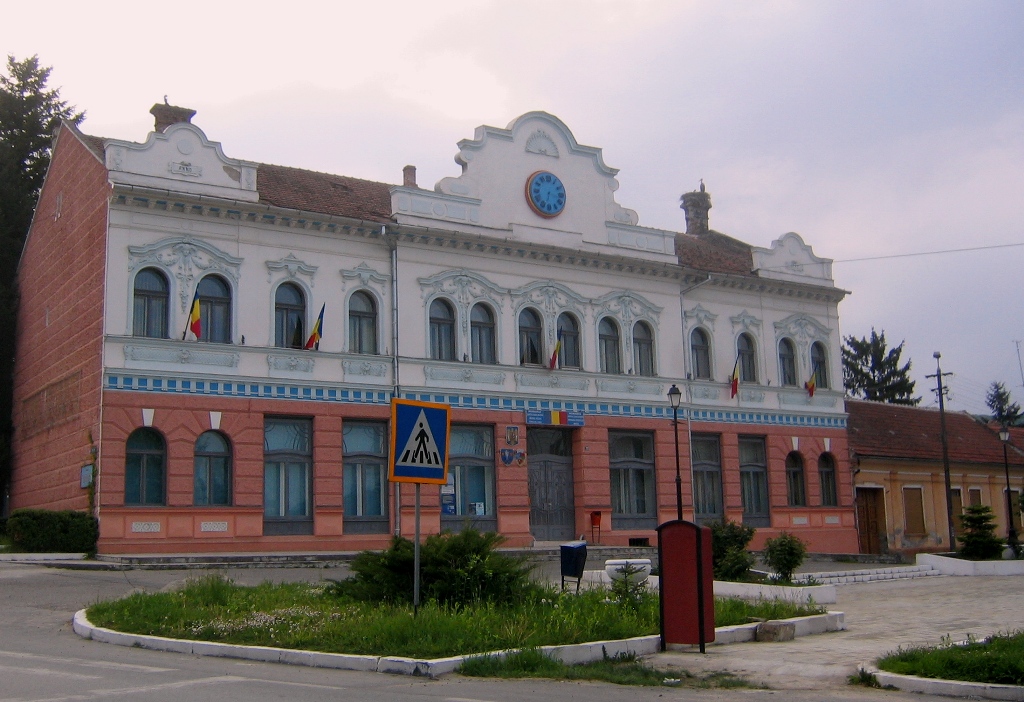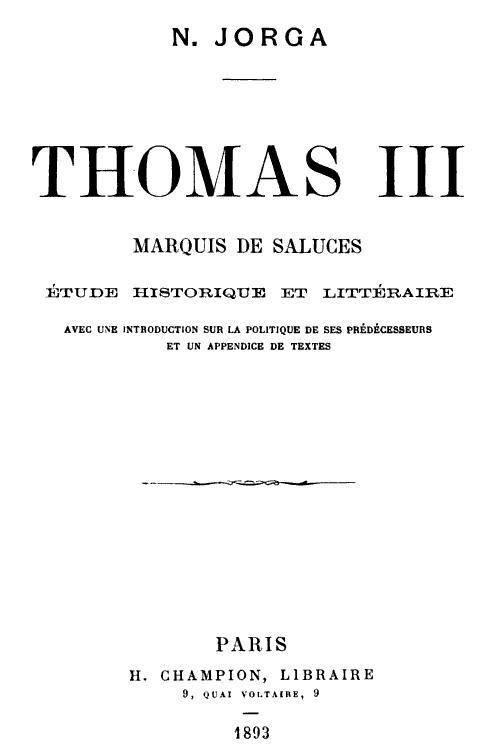|
Reșița
Reșița (; ; ; ; ; ; ) is a city in western Romania and the capital of Caraș-Severin County. It is located in the Banat region. The city had a population of 58,393 in 2021. It administers six villages: Câlnic (''Kölnök''), Cuptoare (''Kuptore''), Doman (''Domány''), Moniom (''Monyó''), Secu (''Székul''; ''Sekul'') and Țerova (''Krassócser''). Etymology The name of ''Reșița'' might come from the Latin ''recitia'', meaning "cold spring", as the historian Nicolae Iorga once suggested, presuming that the Ancient Rome, Romans gave this name to Resita, from a water spring on the Doman River, Doman valley. A much more plausibile version, according to Iorgu Iordan, would be that the name is actually coming from a Slavic languages, Slavic word: people living in the neighbouring village of Carașova 15 km away, referring to this place, that in those days was a similar village to theirs, as being "u rečice" (at the creek). It can also be noted that almost all Slavic co ... [...More Info...] [...Related Items...] OR: [Wikipedia] [Google] [Baidu] |
Reșița Steam Locomotive Museum
The Reșița Steam Locomotive Museum is an Open-air museum, open-air List of railway museums, railway museum located in the ''Triaj'' Park district of Reșița, Caraș-Severin County, Romania. Entry is free and there is no restriction on examining the exhibits. It claims it is the largest open-air railway museum in Europe. The museum was founded by Engineer Mircea Popa, then director of the locomotive manufacturing plant located in Reșița. Its inauguration was meant to coincide with the centennial anniversary of locomotive manufacturing history in the city. The locomotive factory produced 1,491 steam locomotives with the last one being produced in 1964, after which production shifted to Diesel locomotive, diesel and Electric locomotive, electric locomotives.Muminovic, Adil & Repčić, N & Zezelj, Dragan. (2013). The efficiency of worm gears lubricated with oils of mineral and synthetic bases. Transactions of Famena. 37. 65-72. Reșița became an extremely important pillar of ... [...More Info...] [...Related Items...] OR: [Wikipedia] [Google] [Baidu] |
Reșița Synagogue
The Reșița Synagogue () is a Neolog Jewish congregation and synagogue, located at 8 Mihai Viteazu Street in Reșița, in the Caraș-Severin County of Romania. Designed in the Romanesque Revival style, the synagogue was completed in 1880. The synagogue is included on the National Register of Historic Monuments in Romania. History The synagogue was built in the central part of Reșița, near the Reșița Works, between 1878 and 1880. Restorations were carried out around 1907. In 1940, the Nazi-allied government of dictator Ion Antonescu confiscated the building; it was returned to the local Jewish community in 1947. During the period of communism, it was able to continue functioning without interruption, in its original function. It underwent further renovations in the 1970s. It is still used today, but there are only 68 members of the community. Architecture The synagogue was built in the Romanesque Revival style. It is characterized by alternating plaster strips on the ... [...More Info...] [...Related Items...] OR: [Wikipedia] [Google] [Baidu] |
Caraș-Severin County
Caraș-Severin () is a county ( județ) of Romania on the border with Serbia. The majority of its territory lies within the historical region of Banat, with a few northeastern villages considered part of Transylvania. The county seat is Reșița. The Caraș-Severin county is part of the Danube–Criș–Mureș–Tisa Euroregion. Name In Serbo-Croatian, it is known as ''Karaš Severin''/Караш Северин or ''Karaš-Severinska županija'', in Hungarian as ''Krassó-Szörény megye'', in German as ''Kreis Karasch-Severin'', and in Bulgarian as Караш-Северин (translit. ''Karash-Severin''). Geography With 8,514 km2, it is the third largest county in Romania, after Timiș and Suceava counties. It is also the county through which the river Danube enters Romania. The mountains make up 67% of the county's surface, including the Southern Carpathians range, with Banat Mountains, Țarcu-Godeanu Mountains and Cernei Mountains and elevations between ... [...More Info...] [...Related Items...] OR: [Wikipedia] [Google] [Baidu] |
Bârzava (Timiș)
The Bârzava or Brzava (Romanian: ''Bârzava'', Serbian: Брзава / ''Brzava'', Hungarian: ''Berzava'', German: ''Bersau'') is a river in Romania and Serbia. The Bârzava is part of the Black Sea drainage basin and flows into the river Timiș (or Tamiš). It is 166 km long and has a drainage area of 1,190 km². Name The Romanian forms ''Bârzava'' and ''Bêrzava'' (last form still used in 19th century newspapers) are of Slavic origin and mean "birch river", from the Slavi"breza" meaning "birch" (see also Breaza; cf. Latvian river names ''Bērzupe'' and ''Bārzupe'', i.e. 'birch river'). Alternatively, the name could also come from the Serbianbr>"brz" meaning 'quick', thus meaning "the quick river" in Slavic languages. Romania The Bârzava springs out in the Semenic Mountains part of the Carpathian Mountains, western Romania, east of the city of Reșița. The river runs to the northeast, close to the Piatra Goznei peak and through the village of Vâliug, reachi ... [...More Info...] [...Related Items...] OR: [Wikipedia] [Google] [Baidu] |
Banat
Banat ( , ; ; ; ) is a geographical and Historical regions of Central Europe, historical region located in the Pannonian Basin that straddles Central Europe, Central and Eastern Europe. It is divided among three countries: the eastern part lies in western Romania (the counties of Timiș County, Timiș, Caraș-Severin County, Caraș-Severin, Arad County, Arad south of the Mureș (river), Mureș river, and the western part of Mehedinți County, Mehedinți); the western part of Banat is in northeastern Serbia (mostly included in Vojvodina, except for a small part included in the Belgrade, Belgrade Region); and a small northern part lies within southeastern Hungary (Csongrád-Csanád County). The region's historical ethnic diversity was severely affected by the events of World War II. Today, Banat is mostly populated by ethnic Romanians, Serbs and Hungarians, but small populations of other ethnic groups also live in the region. Nearly all are citizens of either Serbia, Romania or H ... [...More Info...] [...Related Items...] OR: [Wikipedia] [Google] [Baidu] |
Constantin Lucaci
Constantin Lucaci (July 7, 1923 – July 20, 2014) was a Romanian contemporary sculptor, best known for his monumentalist sculptures and his kinetic fountains (or decorative moving metal fountains) most made from stainless steel , among which those from the Romanian cities of Reșița and Constanța are best known. He was born in Bocșa Română, today a part of Bocșa, Caraș-Severin County. From 1993 up until his death Lucaci was a professor at The Sculpture Department of The Academy of Belle Arts, Cluj-Napoca, Romania. His works, both "regular" and monumental are to be found in various Romanian museums as well as abroad. Outside of Romania, Lucaci's kinetic sculpture ''Star'' is a part of the permanent exhibition "Fucina degli Angeli", Venice, Italy, exposed among works of artists such Marc Chagall, Max Ernst, Pablo Picasso and Mark Tobey. Other works by Lucaci are to be found in personal collections from cities such as Antwerp, Copenhagen, Ferrara, Milan, Rome and Venice. ... [...More Info...] [...Related Items...] OR: [Wikipedia] [Google] [Baidu] |
Carașova
Carașova (; ) is a commune in Caraș-Severin County, Romania. It is known especially for its geographical placement and for the origin of its Croatian inhabitants, the Krashovani. The population of the commune numbered 3,110 people at the 2011 census.Tab8. Populaţia stabilă după etnie – judeţe, municipii, oraşe, comune 2011 census results, , accessed 16 July 2021. Geography Carașova is located in Caraș-Severin County, in the historical region of |
Doman (river)
The Doman (also: ''Budinic'') is a left tributary of the river Bârzava in Romania. It flows into the Bârzava in the city Reșița Reșița (; ; ; ; ; ; ) is a city in western Romania and the capital of Caraș-Severin County. It is located in the Banat region. The city had a population of 58,393 in 2021. It administers six villages: Câlnic (''Kölnök''), Cuptoare (''Kupt .... Its length is and its basin size is . References Rivers of Romania Rivers of Caraș-Severin County {{CarașSeverin-river-stub ... [...More Info...] [...Related Items...] OR: [Wikipedia] [Google] [Baidu] |
Ancient Rome
In modern historiography, ancient Rome is the Roman people, Roman civilisation from the founding of Rome, founding of the Italian city of Rome in the 8th century BC to the Fall of the Western Roman Empire, collapse of the Western Roman Empire in the 5th century AD. It encompasses the Roman Kingdom (753–509 BC), the Roman Republic (50927 BC), and the Roman Empire (27 BC476 AD) until the fall of the western empire. Ancient Rome began as an Italic peoples, Italic settlement, traditionally dated to 753 BC, beside the River Tiber in the Italian peninsula. The settlement grew into the city and polity of Rome, and came to control its neighbours through a combination of treaties and military strength. It eventually controlled the Italian Peninsula, assimilating the Greece, Greek culture of southern Italy (Magna Graecia) and the Etruscans, Etruscan culture, and then became the dominant power in the Mediterranean region and parts of Europe. At its hei ... [...More Info...] [...Related Items...] OR: [Wikipedia] [Google] [Baidu] |
Nicolae Iorga
Nicolae Iorga (17 January 1871 – 27 November 1940) was a historian, politician, literary critic, memoirist, Albanologist, poet and playwright. Co-founder (in 1910) of the Democratic Nationalist Party (PND), he served as a member of Parliament, President of the Deputies' Assembly and Senate, cabinet minister and briefly (1931–32) as Prime Minister. A child prodigy, polymath and polyglot, Iorga produced an unusually large body of scholarly works, establishing his international reputation as a medievalist, Byzantinist, Latinist, Slavist, art historian and philosopher of history. Holding teaching positions at the University of Bucharest, the University of Paris and several other academic institutions, Iorga was founder of the International Congress of Byzantine Studies and the Institute of South-East European Studies (ISSEE). His activity also included the transformation of Vălenii de Munte town into a cultural and academic center. In parallel with his academic contributi ... [...More Info...] [...Related Items...] OR: [Wikipedia] [Google] [Baidu] |




